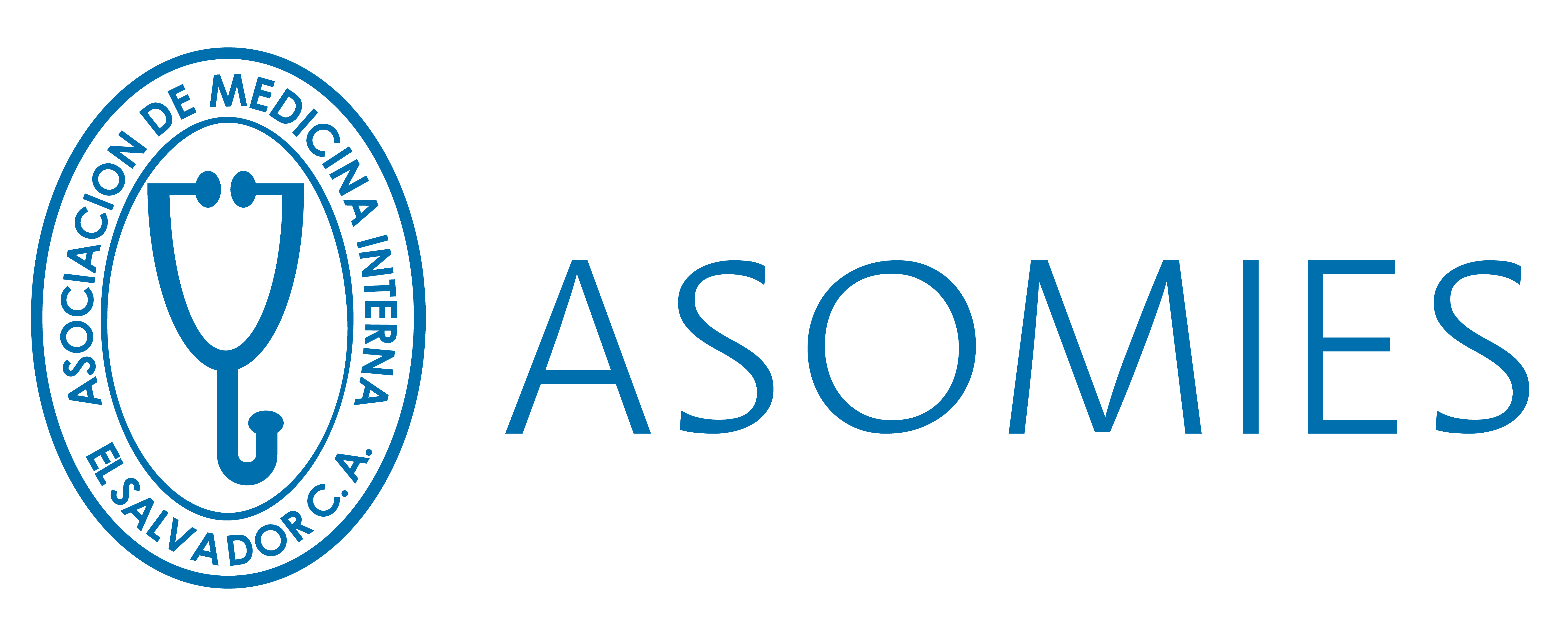junio 11, 2016
Information sourced from NEJM Journal Watch:
The Physical Examination of Concussion: A Paradigm Shift in Diagnosis
A focused physical examination is critical for a thorough evaluation.
The assessment of sports concussion is modeled after a system conceptualized by Jeffrey Barth at the University of Virginia more than 20 years ago. The procedure requires first a “preconcussion” evaluation and then postevent assessments of cognition and symptoms. The current authors, from the University of Buffalo, provide an evidence-based review of study findings on using the physical examination (PE) to diagnose concussion.
In addition to assessments of cognition, mood, and anxiety, the PE has several central elements:
Examination for autonomic dysfunction, including orthostatic hypotension and exercise intolerance with symptom exacerbation (e.g., the Buffalo Concussion Treadmill Test).
Assessment of cranial nerve abnormalities, especially in olfaction.
Examination for injuries of the head, neck, and, especially, cervical spine, which can produce dizziness, headaches, and abnormalities in balance. Assessments include cervical proprioception and [temporomandibular] joint problems.
Balance/coordination examination. Tests include motor coordination and dual tasks (e.g., solving math problems while undergoing the Timed Up and Go test).
Vestibulo-ocular and ophthalmologic examinations. Vestibulo-ocular impairments are tested with the Head Thrust Test; dynamic visual acuity is also examined. Also assessed are smooth pursuits, horizontal and vertical saccades, near point of convergence, horizontal vestibulo-ocular reflex, and visual motion sensitivity.
COMMENT
It has been assumed that for the diagnosis of concussion, “baseline testing” is the gold standard. This differs from diagnosis of any other medical or neurological condition. These authors challenge that assumption and provide specific instructions for administering a PE that incorporates findings from tasks that commonly precipitate or exacerbate concussion symptoms. This article changes the paradigm for concussion assessment to one based on a thorough PE, similar to evaluations of other medical conditions. It should be required reading and practice for anyone who assesses patients with concussion.
Jonathan Silver, MD reviewing Matuszak JM et al. Sports Health 2016 Mar 28.
CITATION(S):
Matuszak JM et al. A practical concussion physical examination toolbox: Evidence-based physical examination for concussion. Sports Health 2016 Mar 28; 8:260.
[PubMed® abstract]
NEJM Journal Watch is produced by NEJM Group, a division of the Massachusetts Medical Society. Copyright ©2016 Massachusetts Medical Society. All rights reserved.
The above message comes from NEJM Journal Watch, who is solely responsible for its content.
You have received this email because you requested follow-up information to an Epocrates DocAlert® message. For more information about Epocrates, please click here.
For questions, feedback, or suggestions regarding Epocrates DocAlert® messages, please contact the Medical Information Team at docalert@epocrates.com.
Publicado en Actividades Académicas, Actualización medica, Curso de Educación Continua, actualizaciones, Neurologia |


